
Glad to share our paper out today @NatureEcoEvo: “Serial innovations by Asgard archaea shaped the DNA replication machinery of the early eukaryotic ancestor”. www.nature.com/articles/s41... #microsky #archaeasky
21.10.2025 15:05 — 👍 60 🔁 27 💬 4 📌 4@chc-evobio.bsky.social
Postdoc in the Berger Group at the Gregor Mendel Institute - Vienna BioCenter @gmivienna.bsky.social @viennabiocenter.bsky.social | MSCA Fellow | Interest in evolutionary biology and currently studying chromatin

Glad to share our paper out today @NatureEcoEvo: “Serial innovations by Asgard archaea shaped the DNA replication machinery of the early eukaryotic ancestor”. www.nature.com/articles/s41... #microsky #archaeasky
21.10.2025 15:05 — 👍 60 🔁 27 💬 4 📌 4
1/10 Genome maintenance by telomerase is a fundamental process in nearly all eukaryotes. But where does it come from?
Today, we report the discovery of telomerase homologs in a family of antiviral RTs, revealing an unexpected evolutionary origin in bacteria.
www.biorxiv.org/content/10.1...

WE ARE BACK!!! Archaea Power Hour will return this coming WEDNESDAY, Oct. 22nd at 10AM EST/4PM CET. Check your email for the Zoom link (coming soon) or register here: forms.gle/6QvCjHH2H4pxro…. Take a look at the exciting talks we have planned to kick off our fall seminar series:
17.10.2025 15:50 — 👍 15 🔁 10 💬 1 📌 1Our study on the first rhodopsin channels known to respond to UV light is now published in PNAS! And they come from our favourite protists, apusomonads! #protistonsky
www.pnas.org/doi/full/10....
Our work on ribosome hibernation in archaea is out!
We identified Hib, a new hibernation factor broadly distributed across archaea.
Check out the preprint 👉 biorxiv.org/content/10.1101/2025.10.11.676729v1
(1/🧵)

Pretty excited to share our new preprint!
Non-photosynthetic Plastid Replacement by a Primary Plastid in the Making
www.biorxiv.org/content/10.1...

Combining fossil-based and molecular calibrations with data on horizontal gene transfer events, the authors develop a time-calibrated phylogeny of Fungi. This timescale suggests an older age of crown Fungi than previously thought (1,401–896 million years ago) 🧪🍄 www.nature.com/articles/s41...
01.10.2025 15:30 — 👍 7 🔁 3 💬 0 📌 0
OIST is seeking up to four tenure-track or tenured faculty in Ecology, Environmental Science, Earth Science, and Oceanography. Application deadline: Oct 15. Please share. Thx!
www.oist.jp/careers/facu...

Latest from ours: www.cell.com/cell-reports...
This is two stories in one: a case study/cautionary tale on developing genetic tools in new organisms, and the first hint at a gene regulatory network for choanoflagellate multicellular development (which turn out to involve a Hippo/YAP/ECM loop!) A 🧵

Huntingtin binds and bundles F-actin!
Thrilled to team up with the Humbert (Sorbonne Université) and Song (KAIST) labs on this discovery.
We had a blast doing cryo-ET on this unexpected complex — and now so many new questions lie ahead!
#TeamTomo #CryoET #HTT #actin
doi.org/10.1126/scia...
I am excited to share our new preprint on the CAGE complex, a mysterious hollow protein complex that I first saw years ago while surveying Tetrahymena ciliary lysate www.biorxiv.org/content/10.1... #cilia #protistsonsky 🧬🧪
23.09.2025 17:08 — 👍 167 🔁 54 💬 7 📌 13
Out today: New nucleus-encoded component of the endosymbiont division machinery identified in the trypanosomatid Angomonas deanei.
Congrats @anaymaurya.bsky.social and @rudycadenabioevo.bsky.social!!!🎉🎉🎉 1/2
journals.asm.org/doi/10.1128/...

New short paper from our lab @currentbiology.bsky.social, in which we discover of a new mode of cell motility for choanoflagellates: flagellar gliding. www.cell.com/current-biol... - A 🧵
09.09.2025 18:11 — 👍 209 🔁 86 💬 7 📌 7
How do microbes become permanent partners? 🌊🔬🦠 Check out our new study published in Current Biology showing how cyanobacterial genomes evolve step-by-step into endosymbionts of diatoms. www.sciencedirect.com/science/arti...
@currentbiology.bsky.social @mehrshmali.bsky.social

A new Chargé de recherche with CNRS
A thousand bravos for Núria Ros-Rocher, who just secured a permanent @cnrs.fr researcher position in our lab. These positions are (too) rare but give much-needed job security to young scientists and allow long-term projects. Núria will dive deep into the natural history of C. flexa 🧪🌊 #ProudPI
30.08.2025 08:03 — 👍 145 🔁 8 💬 15 📌 2
Feeling mitochondrially challenged lately?
Here are two classic reviews on #mitochondria that should help.
www.cell.com/current-biol...
www.cell.com/current-biol...

For some three billion years, unicellular organisms ruled Earth. Then, around one billion years ago, a new chapter of life began
go.nature.com/3JyRV4S
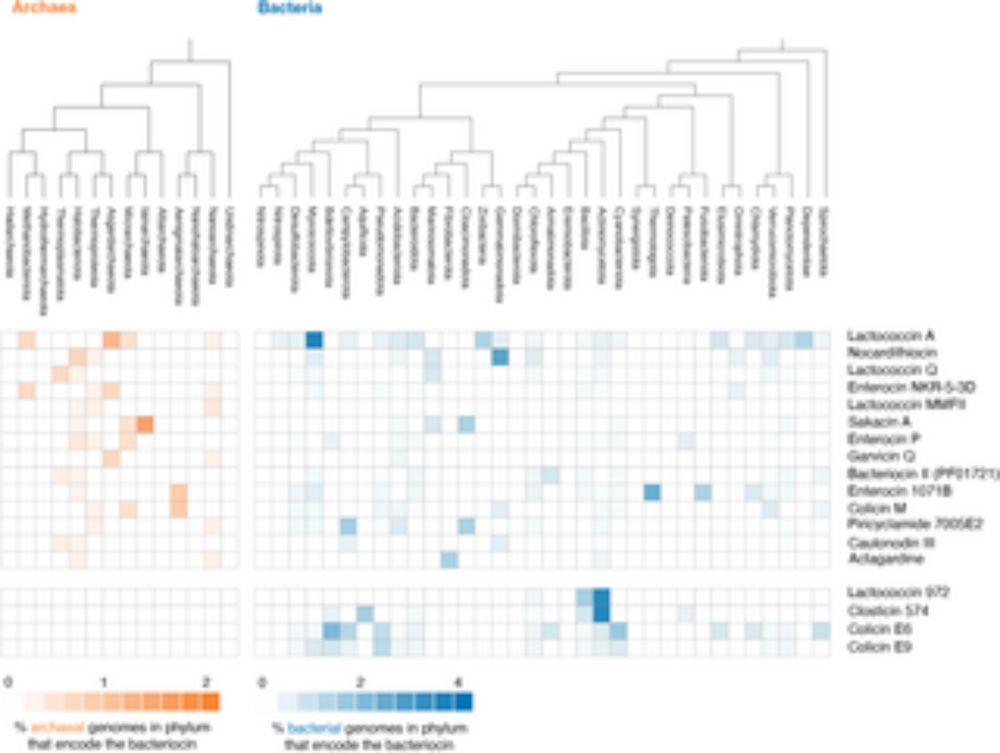
Archaea are often surrounded by bacteria. But is there ever active conflict between the two? Can archaea kill bacteria? If so, how do they do it?
Work by @romainstrock.bsky.social shows that some archaea can kill bacteria by secreting peptidoglycan hydrolases. journals.plos.org/plosbiology/...
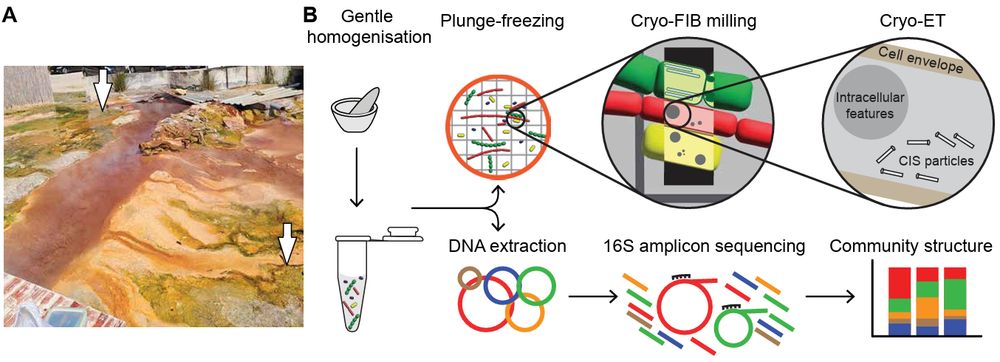
Check out 🧐 our new preprint 📜:
www.biorxiv.org/content/10.1...
Congrats🎉 to @vasilgaisin.bsky.social and Corina Hadjicharalambous, who studied contractile injection systems directly in hot spring♨️ bacterial mats🦠
#microsky #teamtomo #Chloroflexota
We show that histones are more than just barriers to transcription--they can also directly interact with the transcription apparatus through their core domain, shaping its activity.
31.07.2025 16:02 — 👍 1 🔁 1 💬 1 📌 0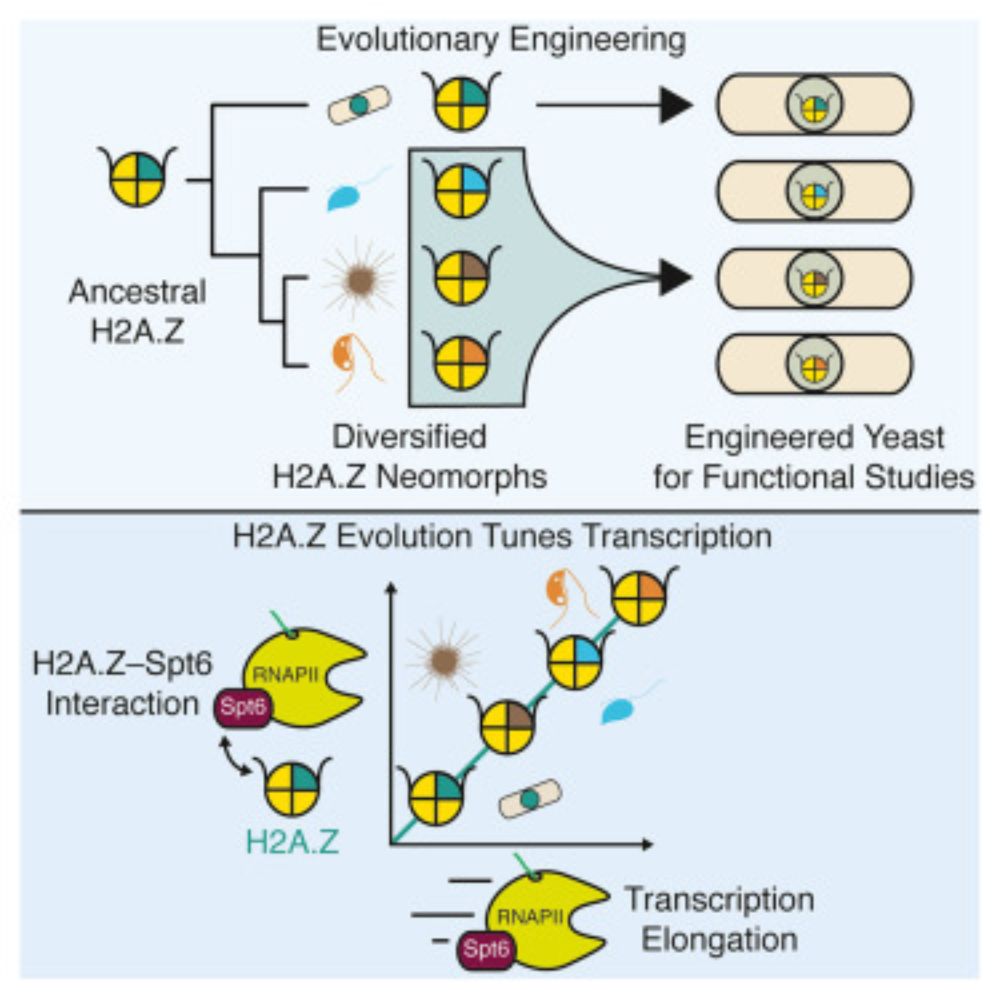
Happy to share our new paper out today in @cp-cellreports.bsky.social in collaboration with @tobiaswarnecke.bsky.social @akihisaosakabe.bsky.social about how evolution can do big things with small changes. www.sciencedirect.com/science/arti...
31.07.2025 16:02 — 👍 55 🔁 24 💬 4 📌 0Check out our new preprint all about Pirsonia, a tiny killer of bloom-forming Coscinodiscus diatoms!
www.biorxiv.org/content/10.1...
#protistsonsky #marinemicrobes 🌊🔬
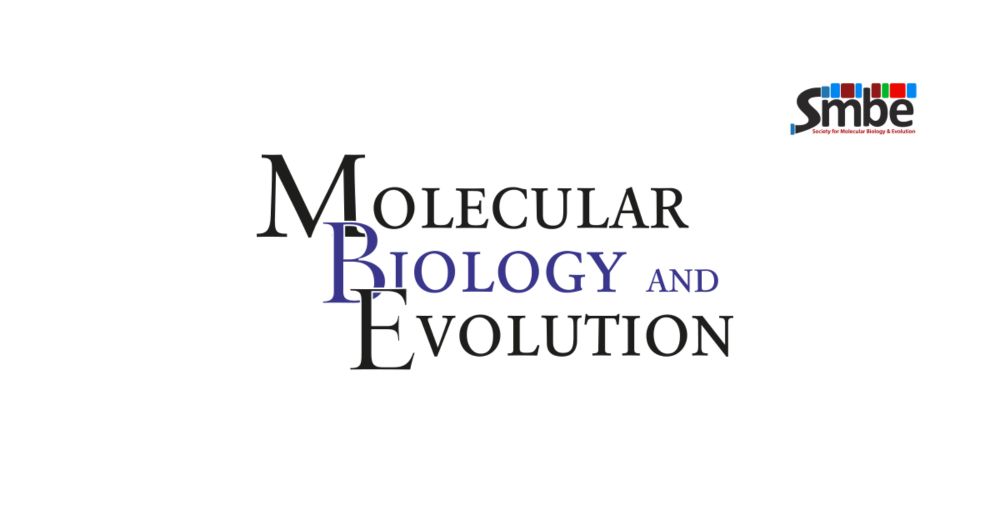
Happy to see our latest work out in @molbioevol.bsky.social. We revisit the evolution of 5-methylcytosine across neglected eukaryotic supergroups, establishing an ancestral repressive role silencing genome invaders, both transposons and viral elements👾: academic.oup.com/mbe/advance-... 🧵 1/7
28.07.2025 10:03 — 👍 101 🔁 51 💬 6 📌 0
Today is Asgard Friday! So happy that the project that has taken a big chunk of my PhD journey is out as a preprint (for now!)
“Phylogenomics of Asgard archaea reveals a unique blend of prokaryotic-like horizontal transfer and eukaryotic-like gene duplication”
www.biorxiv.org/content/10.1...
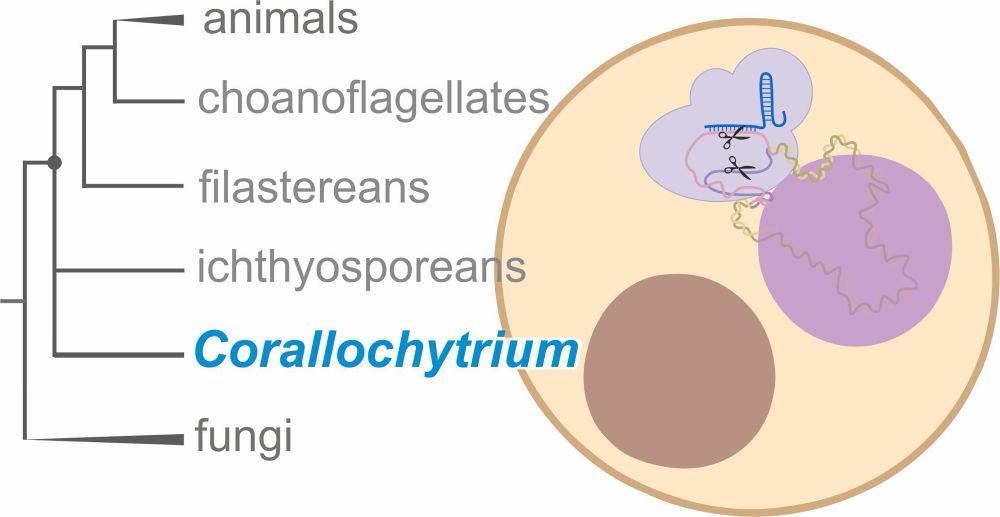
Very happy to share our new paper where we develop CRISPR-Cas9 genome editing in our favorite unicellular relative of animals, Corallochytrium limacisporum! With @sebasn1.bsky.social @multicellgenome.bsky.social Elena and Claudio.
Check it out:
royalsocietypublishing.org/doi/10.1098/...

Victoria Shabardina from the @multicellgenome.bsky.social lab, catching us up on the latest findings on the emergence of animal multicellularity. Ets still amongst the last few 'metazoan exclusive' genes remaining. Gorgeous imagining 🔬👌🏽
#SMBE2025
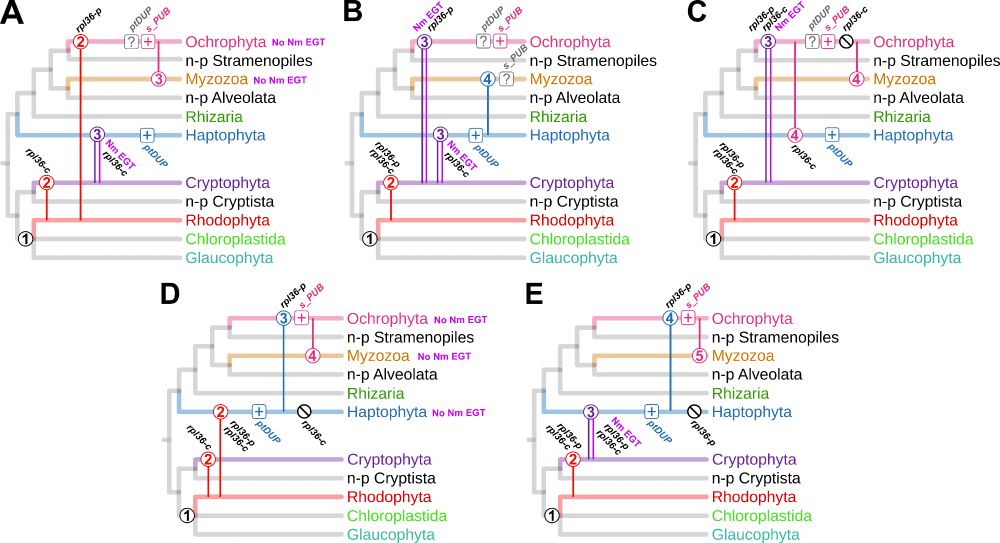
Check out our paper to explore how the evolutionary history of SELMA supports or challenges various hypotheses on the origin of red complex plastids.
academic.oup.com/mbe/article/...
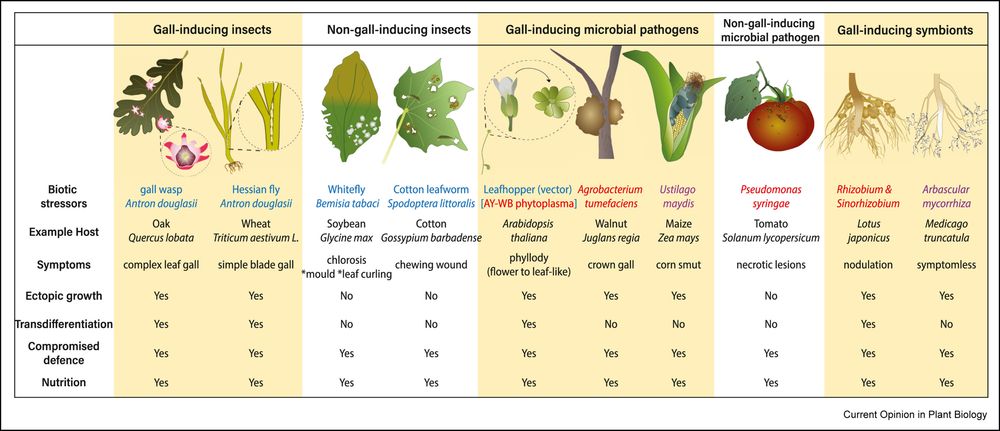
First Ma lab #GMI paper is now online! It‘s a mini-review on insect-induced plant #galls —their coolness and research potential! Plant galls induced by insects: Coordinated developmental reprogramming and defence manipulation www.sciencedirect.com/science/arti...
21.07.2025 12:06 — 👍 93 🔁 38 💬 6 📌 0Conservation of chromatin states and their association with transcription factors in land plants https://www.biorxiv.org/content/10.1101/2025.07.12.664529v1
18.07.2025 05:33 — 👍 5 🔁 4 💬 0 📌 0Nucleosome Positioning Shapes Cryptic Antisense Transcription https://www.biorxiv.org/content/10.1101/2025.07.14.664753v1
18.07.2025 19:33 — 👍 3 🔁 1 💬 0 📌 0